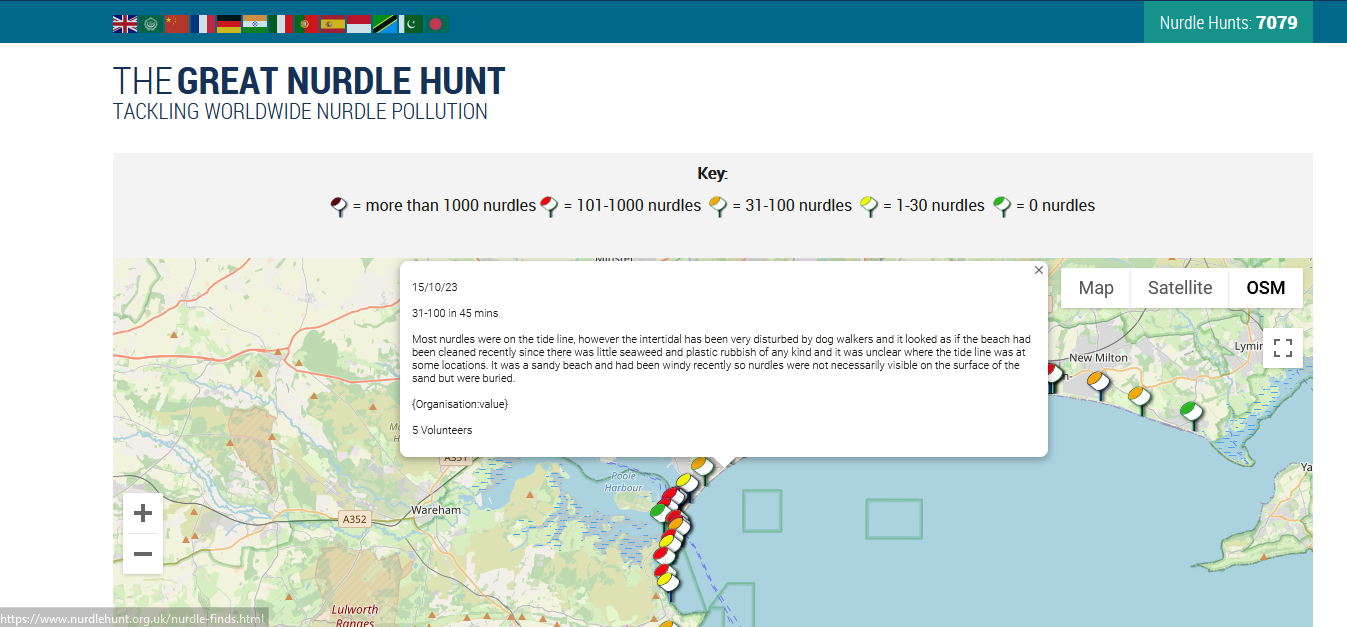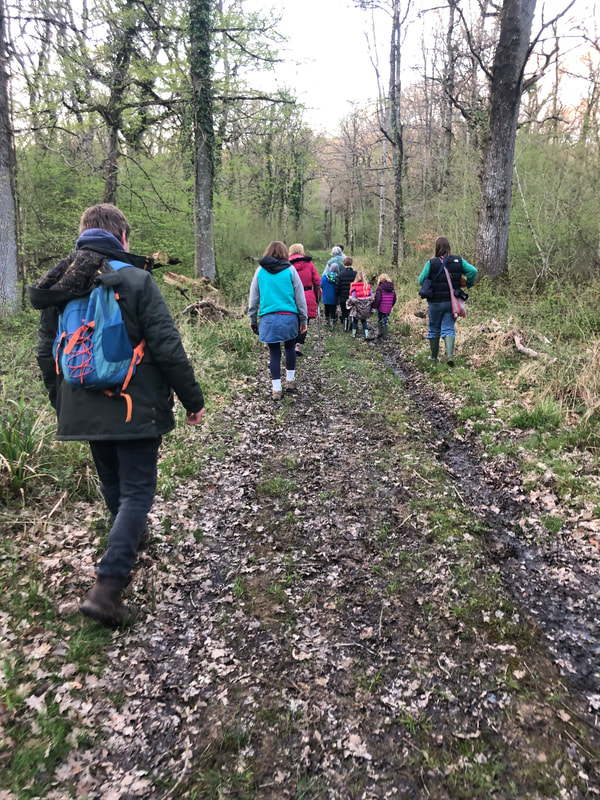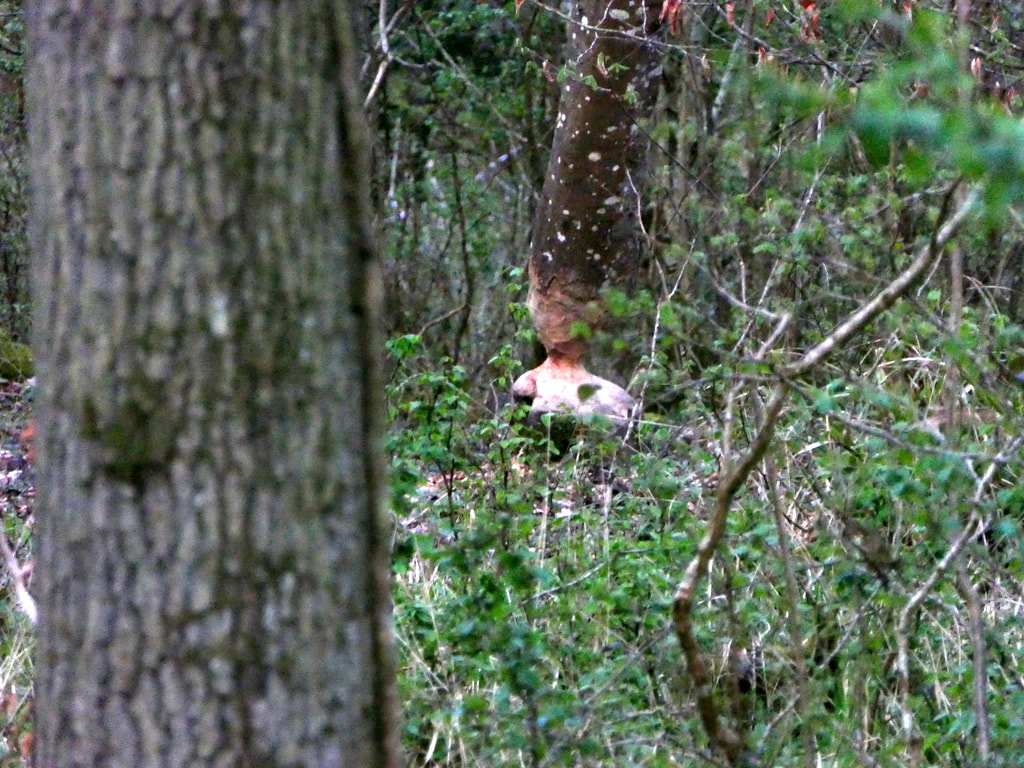 Andrew and Inés had done some moth trapping overnight in their gardens, on thankfully a dry night and so we had about 100 moths of all sizes to study. Some were kept in the breathable zip up see-through nylon carrier so that we could view them from all angles, whereas others were resting in darkened containers, nestled into the valleys of several egg boxes inside. Andrew had also brought some Cinnabar caterpillars feasting on ragwort, their only food source and an adult Cinnabar moth was spotted in the nylon carrier too. At one point we counted 12 Buff Ermine moths which had kept close to each other and interestingly had a wide range of buffness, from a sandy colour to dark apricot. It made us ponder why they displayed such a wide colour range. Some moths were comfortable with exploring human fingers, arms and even ears! The star of the morning was a large Privet Hawkmoth which entertained us with its travels across the bodies of willing YNW volunteers. Some of the many other moths we identified included: Elephant Hawkmoth, Poplar Hawkmoth, Swallow-tailed, Brussels Lace, Mother of Pearl, Large Yellow Underwing, Thistle Ermine, Peppered, Brimstone Moth, Common Footman, Buff Footman, Coronet, The Uncertain, Light Red Arches, Dark Arches, European Corn Borer, Small Magpie, Common Wainscot, Riband Wave, Small Fan-footed Wave, Yellow Wave, Bright-Line Brown-Eye, Early Thorn, Foxglove Pug and Common Rustic. Last October, a few of our Young Nature Watchers headed to the beach for a nurdle hunt, learning about plastic pollution and collecting valuable data for environmental organisations fighting for the health our planet. You can see our results and the bigger picture on Fidra's map:
Our Young Nature Watch group (entirely composed of young at heart this time!) heard 25 species of bird on our dawn chorus walk between 5 and 6.30 AM:
In April, we were extremely lucky in being able to visit a beaver site near us. We didn't see any beavers but we saw plenty of evidence, which was fantastic to see for the first time in this area, after hundreds of years of no beavers. We are very grateful to our local guide for taking us there and the landlord for allowing us to visit the site (which is not open to the public).
We only advertised this amongst our YNW mailing list, as we wanted to keep attendant numbers small due to the nature of the site. If you regret missing this, why not join our mailing list so you can find out on time about these events? Get in touch if you would like to join. Thank you to everybody who came to our bat box workshop. We hope our participants will also encourage bats by creating a diversity of habitats in their gardens that will provide food sources for our favourite flying mammals. Have a look at the pictures of the workshop on our Instagram account post.
We had a great morning back on our fungi walk in Wardour Woods, thank you to all who came and our walk leader for his time.
|
Young Nature Watch (YNW) is a branch of the Tisbury and District Natural History Society (T&DNHS).
YNW is free for under-21s! Young people always have priority at any of our activities but accompanying adults are required for under-12s. For adults, annual membership for the T&DNHS (£10) or a £2 fee per event (for non-members) is due. Download our annual programme below!
Join our mailing list to be the first to hear about our events! You can also follow us on:
YNW logo design by Izzy Fry.
Categories
All
Archives
May 2024
|
||||||||
Proudly powered by Weebly











 RSS Feed
RSS Feed